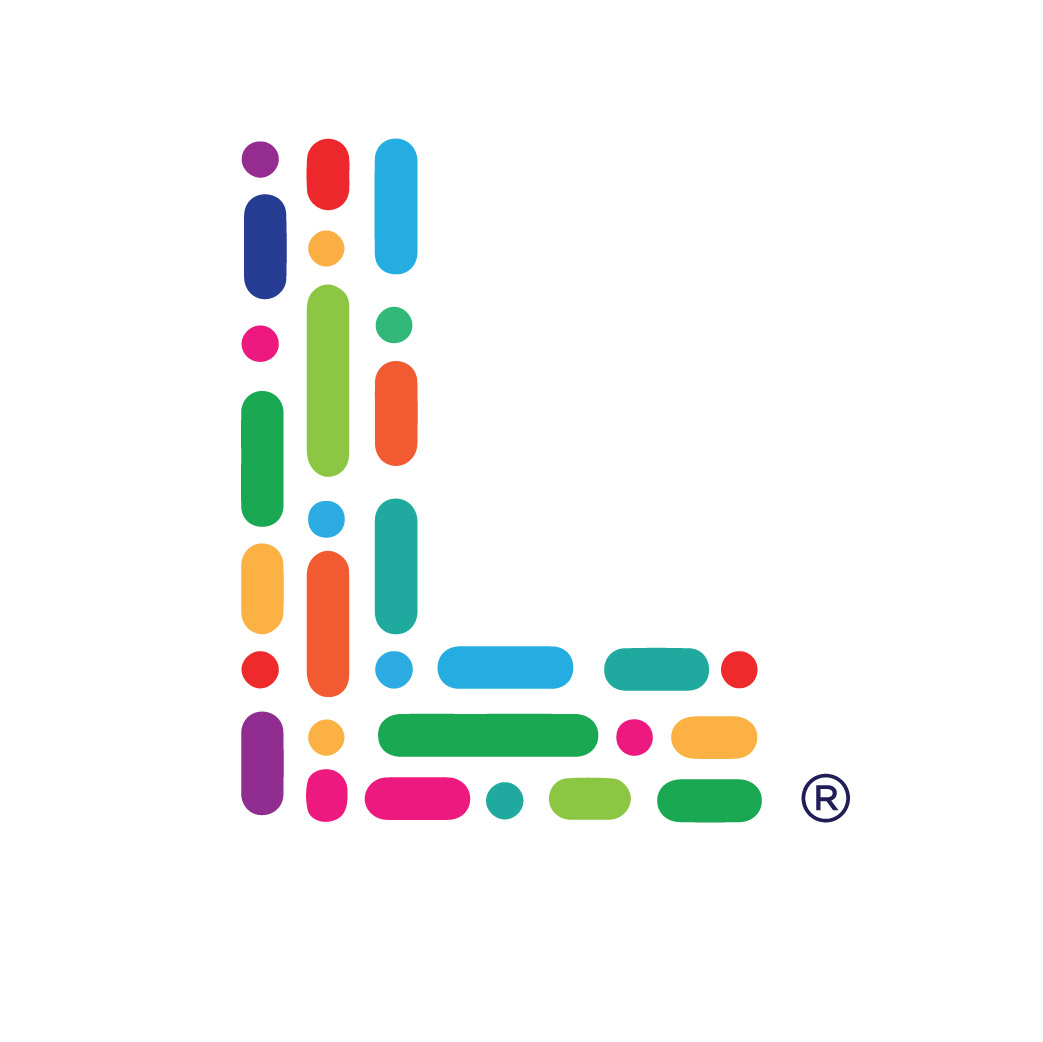As a student, you can expect to face difficult choices all the time. They get even more challenging when you are at milestones like entering college. If planning to study abroad in the US, the choice between an Ivy League and liberal arts college is the toughest. It can be overwhelming, but you have to take the right pick as your future depends on it. The best approach is to gather facts about both options and pick the one that matches your needs and expectations. Let us explain each of the alternatives in detail and compare them to help you choose.
KNOW THE BASICS
Start by understanding what both options are about and what you can expect in the long run. Ivy League refers to a group of prestigious colleges that offer the highest quality of education. Getting into one of these colleges is a dream for any international student. You can study a broad range of subjects here, from business to humanities, data science, health and medicine, and more. Here are the ones coming in the Ivy League category-
- Brown
- Cornell
- Columbia
- Dartmouth
- Harvard
- Pennsylvania
- Princeton
- Yale
Liberal arts colleges are not far behind when it comes to the quality of education. They provide a variety of intellectual, social, and cultural studies and activities. The approach in these colleges is more holistic as they aim to cover broader knowledge and intellectual capabilities. Students looking to study and work in the fields of humanities and social impact work prefer studying here. These include:
- Amherst College
- Middlebury College
- Oberlin College
- Pomona College
- Wellesley College
- Williams College
- Vassar College
HOW TO CHOOSE
The choice between Ivy League and Liberal Arts colleges is a matter of personal preference, long-term plans, and career goals. But you can consider some factors to compare the alternatives. Here is a comprehensive overview of these factors.
ACCEPTANCE RATIOS- Essentially, the acceptance ratio is about the rate at which a school takes applicants. The ones getting more applications often end up rejecting them in higher numbers, so they have a lower acceptance rate. Expect them to be very low for Ivy Leagues, but they are worth getting into. After all, these colleges are brand names by themselves.
EARLY CAREER PROSPECTS- Considering the early career prospects for both options, it makes sense to learn about the median salary with 0-5 years of experience. Obviously, it is significantly higher for graduates from Ivy League universities. The difference stands at a whopping USD 10,000. However, the early pay of Claremont McKenna liberal arts college is higher than Brown University.
MID-CAREER PAY- While early pay is a matter of consideration for students, mid-career prospects are equally crucial. The average median pay of alumni with 10+ years of experience is more for Ivy League alumni again. The average difference is $15,000, which is again a significant sum. However, there are exceptions as the mid-career pay of Claremont McKenna, Swathmore, and Williams are more than Brown, Columbia, and Cornell.
The Ivy League alumni have an evident head start on the career front, but students should not consider only this factor while making final decisions. The net pay increment goes higher for liberal arts colleges, so they may have a better growth trajectory. It is crucial to have clarity about your priorities, goals, and aspirations to get the best fit. At the same time, the choice depends on your eligibility and budget. So make sure you do your due diligence before sealing the deal.

If you are considering studying abroad why don’t you discuss your prospects and opportunities with experts at Lurnable’s dedicated study abroad counselling division LurnPathways?






